Since the restart of gastronomy, the guests have returned. However, staff is still missing in every respect. This includes the service sector. Although hardly just a post-lockdown phenomenon, the shortage of skilled workers became increasingly critical as a result of the extensive restrictions imposed in an attempt to contain the Corona virus. The staffing shortages in many establishments are growing by a wide margin despite the fact that less supply met more demand in July 2021; 20,356 unemployed people were matched by 8,489 vacancies in Austria’s gastronomy sector.
- Germany: 20,686 vacancies in restaurants and 7,678 vacancies in hotels (August 2021)
- United Kingdom: 117,000 jobs were open in the accomodation and food service sector (August 2021)
- USA: almost 1,600,00 vacancies in the leisure and hospitality industry, including restaurants and hotels (June 2021)
However, people remain irreplaceable in the gastronomy industry.
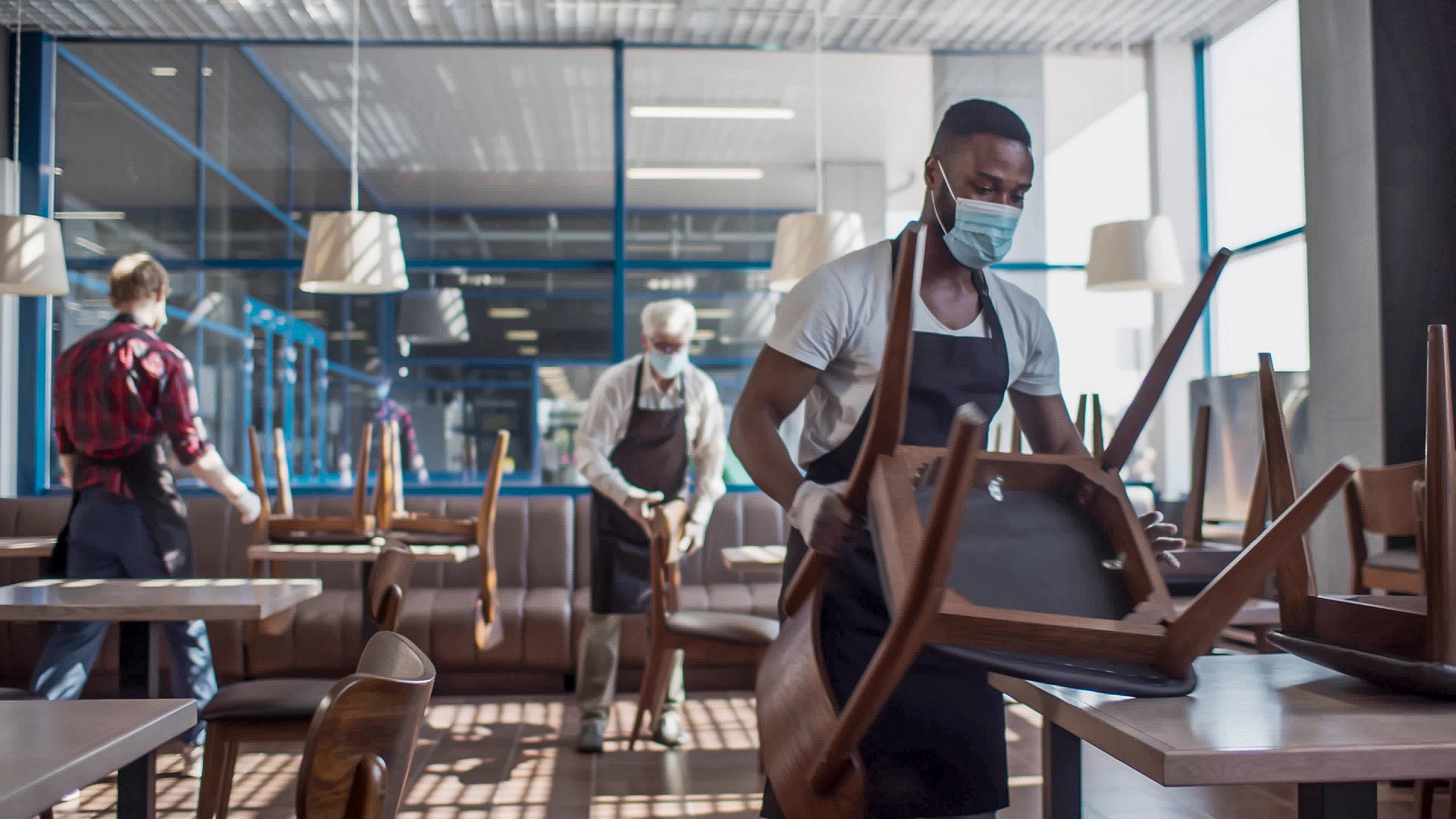
Image: AdobeStock | Anatoliy
Still? Companies around the world are experimenting with ways to drive automation through high-tech robots in restaurants. Among them is the Swiss marketing agency Precom Group AG, which specializes in digitization in the gastronomy sector.

Thomas Holestein | Image: Pogastro
“To protect the restaurant business from the worst-case scenario, service robots could be an alternative,” says managing director Thomas Holenstein, identifying a way out of the staffing crisis. “Admittedly, their purchase costs remain high. However, it is worth it, because the AIs take the load off their colleagues and work quickly and efficiently.”
For him, the advantages are obvious. Instead of breaks, robots only need a few hours to recharge by plugging into the power source before they are ready for use again. The machines never miss work because they’re sick, on vacation or have resigned; at most, you have to take some servicing and maintenance work into account. Ideally, a robot can replace several skilled human workers or increase the productivity of various processes. Robots also don’t need to be trained. What’s more, during pandemics they reduce the risk of contracting the virus. Holenstein’s sums it up by saying, “That’s why service robots are the future in the gastronomy sector.” For example, they are already being used in Graz’s Momoda.
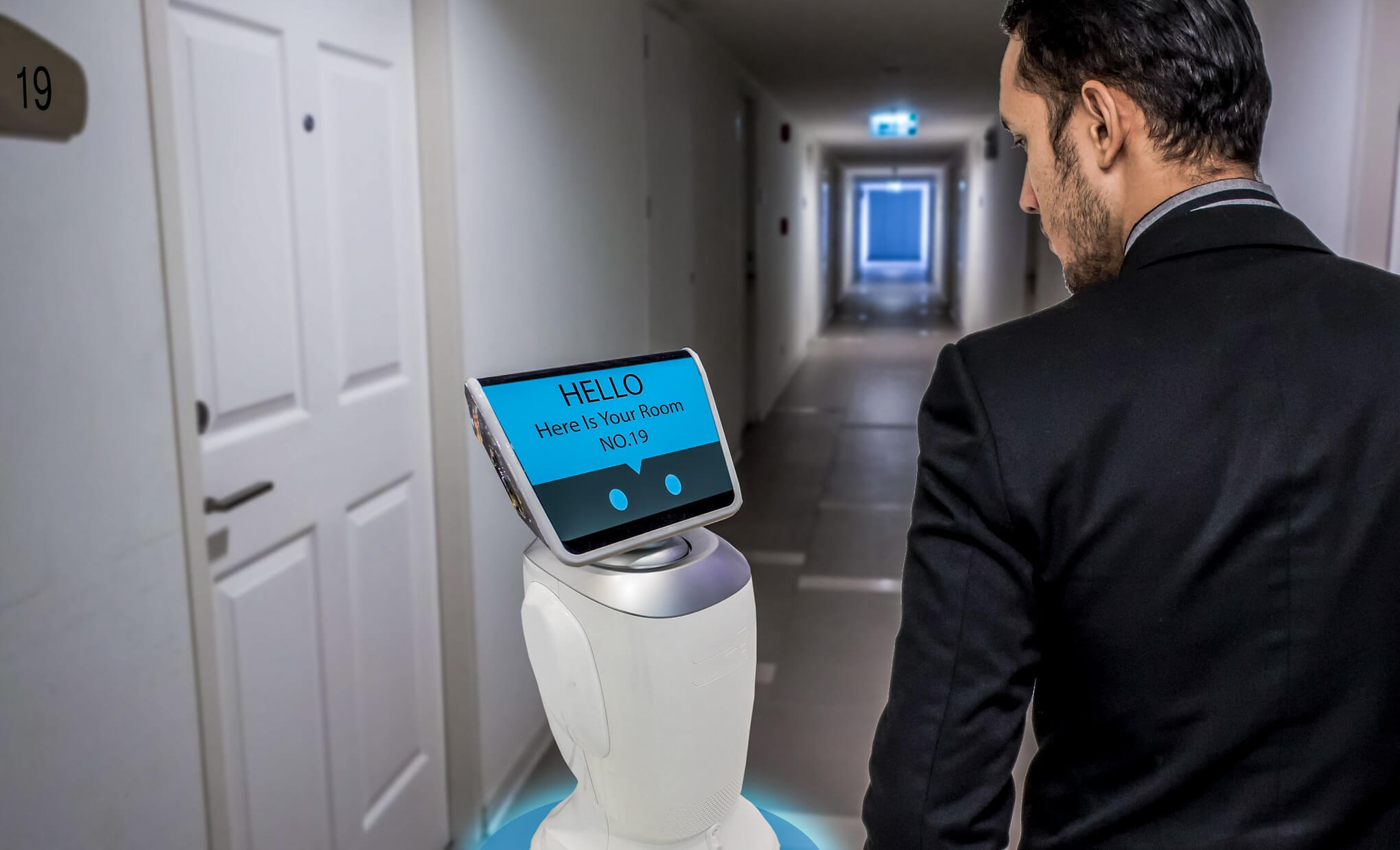
Image: AdobeStock | Monopoly919


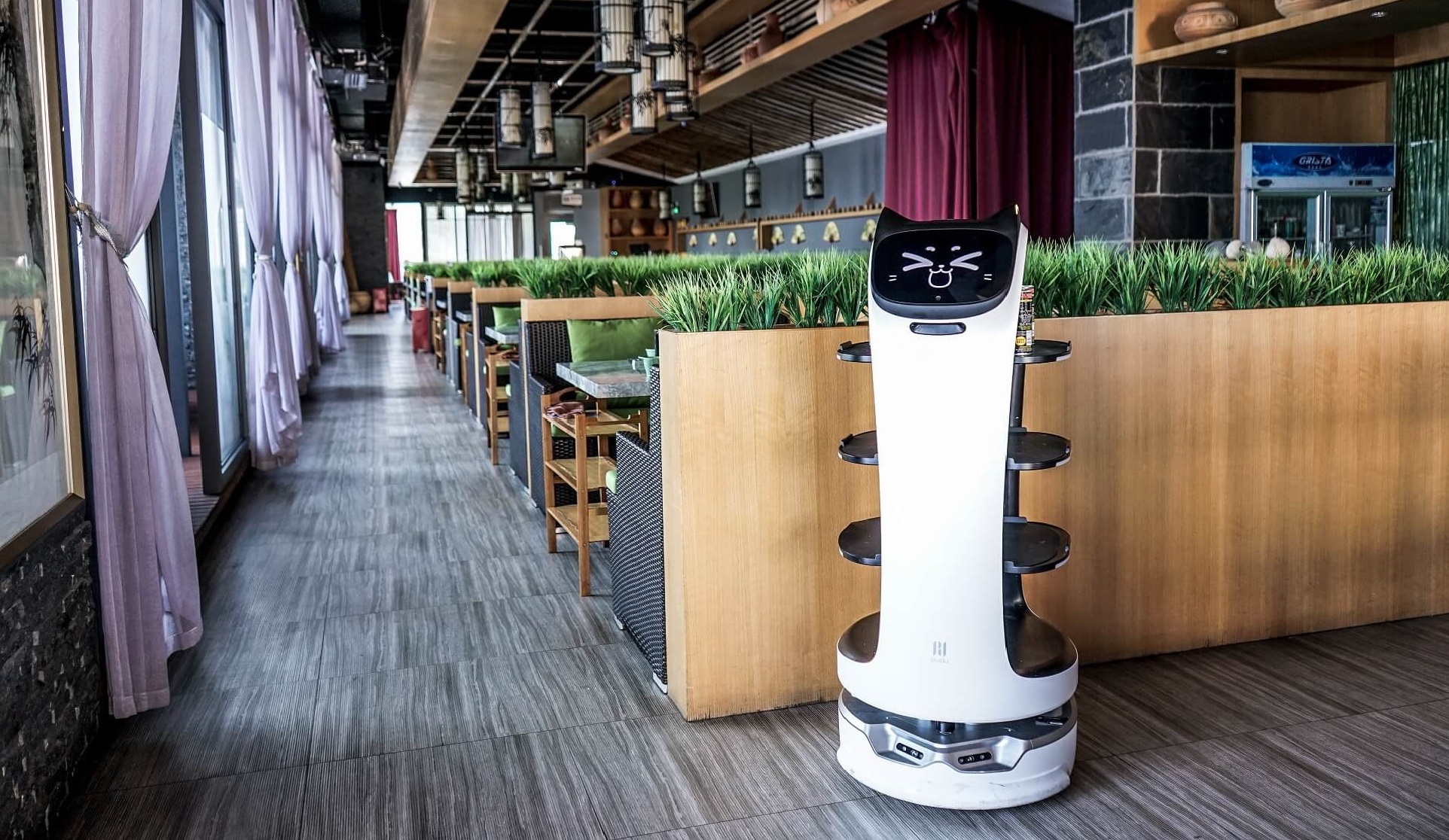
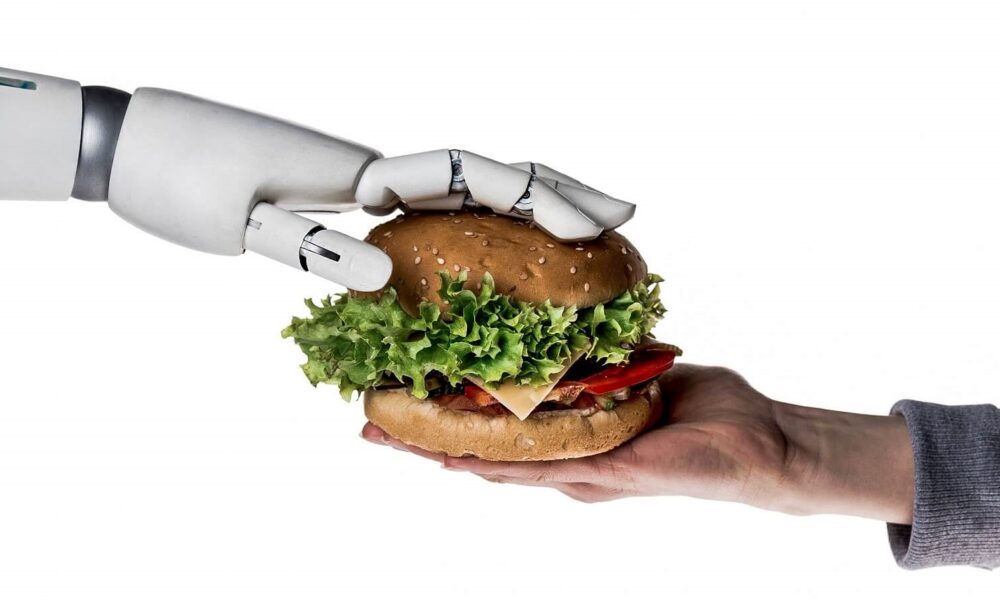






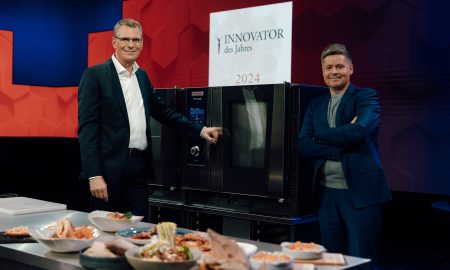
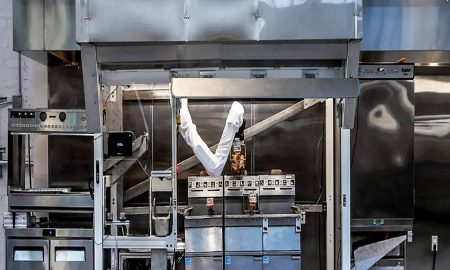
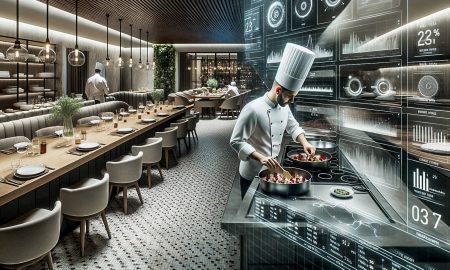

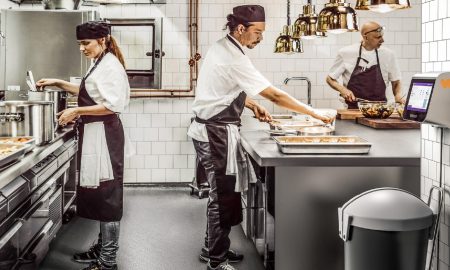

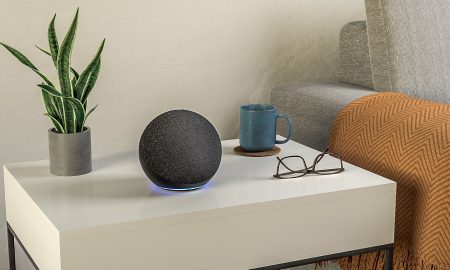

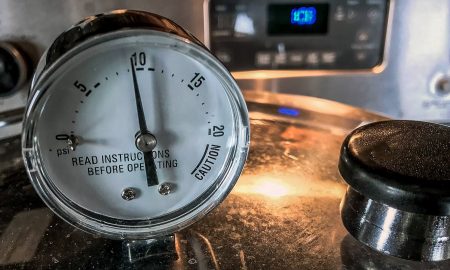
Pingback: Top six foodservice tips for 2022 | KTCHNrebel